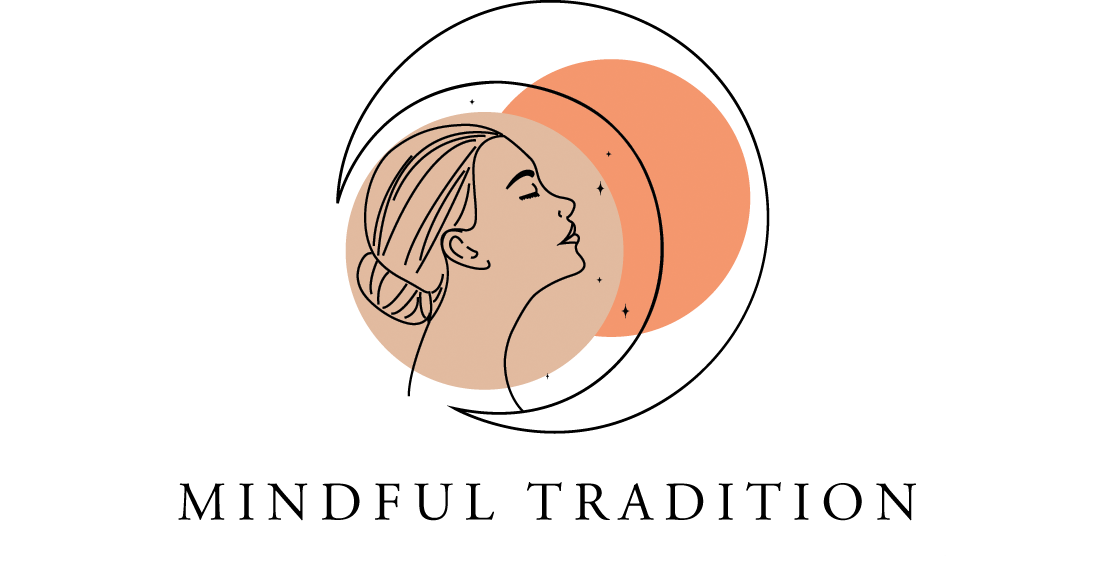Dhyana Tradition
For the past two months we have been deep diving into the teachings of Patanjali through his Yoga Sutras which contain The 8 Limbs of Yoga. The 8 Limbs of Yoga provide the stepping stones necessary to reach enlightenment. This is a righteous undertaking that an individual could spend a lifetime (or many lifetimes) trying to obtain.
When working with The 8 Limbs one must embrace each step completely before moving onto the next. It is much like the foundation of a house. If there are cracks in the foundation the structure can not withstand the weight of the rest of the building and the whole thing will come crashing down in a pile of rubble. It is always advantageous to take the necessary time with the beginning steps of ones practice in order to establish a strong base to build upon.
The next step for us in this yogic journey is Dhyana, which is the actual state of mediation. All the previous 6 Limbs have been the groundwork for meditation. It may seem as though Dharana and Dhyana are the same thing. However Dharana is the concentration on one particular concept where as Dhyana is to be fully present in the moment without a particular focus. This is the actual state of meditation, to be removed from one’s physical sensations and ego driven thoughts, and left in a state of total receptivity in order to prepare for the final limb of yoga…. which of course we will unveil next week.
All of this is clearly a lot of work and you may be wondering “Why even bother with all of this?”. I can say with the utmost certainty that I have not transcended all the stages of the 8 Limbs of Yoga and reached a state of enlightenment. However I know that after years of meditation I am just now starting to be able to tap into the practice of Dhyana. Since being able to create these spaces intentionally it is something that I can now drop into as needed. Being a busy ass modern women I don’t have the ability to sit for a whole day in meditation, but I may find that I have 20 minutes of “free” time (with homeschooling 3 small kids, these opportunities often disappear in a heartbeat), and I will go sit outside with my back against a tree and drop into a meditative state.
When I create these spaces where I am in a state of receptivity in my spiritual practice it flows out into my conscious waking life. I find myself less prone to judgements or outbursts. It allows the opportunity for me to be more receptive in my marriage, motherhood, my business, and every other facet of my life. I learned to actively disengage my own ego thus creating more space to witness the beauty and wonder of the world around me.
I strongly advocate that you begin your own path to meditation honoring both the practice and the journey to the practice. I spent many years were the only way I could meditate was with someone else leading it. Even just the act of concentration seemed impossible. Overtime as I strengthened my connection and built up my practice, I moved to meditation with sound or song and chant. Now I may choose to listen to a led mediation, a sound bowl, the birds in the yard, or just be in a passive state of being.
That is not to say that it’s all easy peasy from here on out. Some days are harder than others and I have to be kind and compassionate with myself in those times. I know that I have ample opportunities to practice and that I am still just a human being in my journey. So if you feel ready to start you Dhyana Tradition I am here to help. You could join one of my yoga classes where there is always an element of led meditation, or you can reach out for your free 15 minute introductory call where we can talk about your own journey towards a Dhyana practice.
